Ancient Warfare is a unique publication focused exclusively on soldiers, battles, and tactics, all before 600 AD. Starting with ancient Egypt and Persia and continuing to the fall of the Western Roman Empire, Ancient Warfare examines the military history of cultures throughout Europe, the Middle East and parts of Asia and Africa. Ancient Greece and Rome receive the most frequent coverage, due both to the wealth of contemporary sources and the modern fascination with these two great civilizations. Subject-matter ranges from the familiar to the more obscure: while Alexander the Great, the Persian Wars and Caesar’s Gallic campaigns all receive regular coverage, Ancient Warfare also looks at some of the less common parts of ancient military history, from chariots as battle taxis to PTSD in antiquity.
Ancient Warfare Magazine
PRELIMINARIES
WALLS THAT DIDN’T TUMBLE DOWN • When can we say that warfare began? Conflict has always been a permanent feature of the human experience. However, finding an actual moment in prehistory when we can argue it actually began is a complicated issue. To find the answer I first provide a specific definition of warfare, based on my own research. I then head back 10,000 years to the Neolithic Middle East where I highlight one potential candidate to show warfare actually starting. Finally, in my conclusion I consider how conflict developed from that point.
THE ‘PARIS’ OF THE CAVALRY • Mounted archers pique curiosity among those who study ancient warfare. They are unique in that they are neither cavalry nor foot-soldier. Perched upon a fast-moving steed, these bowmen had to have impressive skill in both horsemanship and archery.
ANCIENT SPECIAL OPERATIONS • The setting was a NATO intelligence symposium in a casino in Normandy. The casino was closed, – small comfort to those of us already suspecting that the intelligence game and gambling had much in common. The issue at hand was the role of special forces in future operations. The first hurdle was to define ‘special operations’. While there are several formal definitions – some of which are juxtaposed – as a broad definition it was proposed that special operations are the use of tactical means to achieve ‘strategic effect’.
EXPLORATORES • Exactly who were the exploratores and what function did they fill within the Roman army? By looking at the campaigns of the soldieremperor Maximinus Thrax (r. 235-238), we can discover some clues.
PHILOPOEMEN AT GYTHIUM • When the Romans defeated the Macedonian king, Phillip V, at the Battle of Cynoscephalae in 197 BC, they created a power vacuum in Greece. Prominent among the powers squabbling for control was the Aetolian League of central Greece, which had fought at Cynoscephalae and claimed credit for Phillip’s defeat. The Peloponnese was dominated by Nabis, the tyrant of Sparta, and the Achaean League. The Achaeans had a singular advantage: they were led by Philopoemen, whose daring and military acumen led him to be known to the Romans as “the last of the Greeks” (Plutarch Philopoemen 1.4).
LESSONS FOR THE FUTURE • Fought in the winter of 426 BC during the Peloponnesian War, the Battle of Olpae saw the Athenian strategos Demosthenes lead a force of 60 Athenian archers, 200 Messenian hoplites, and 1000 men from Amphilochus and Acarnania to victory over a force of 3000 Spartan hoplites and their Peloponnesian allies. This unexpected victory, and the special operations involved, reveal several lessons for the future of hoplite warfare. Some of these would be learned very quickly, others only 50 years later.
ALEXANDER’S MOUNTAINEERS • Although the ancient world did not possess formal special forces to the degree known today, armed forces of the ancient world would utilize specialized detachments of troops when circumstances required. The purposes of these troops and the methods they employed often...
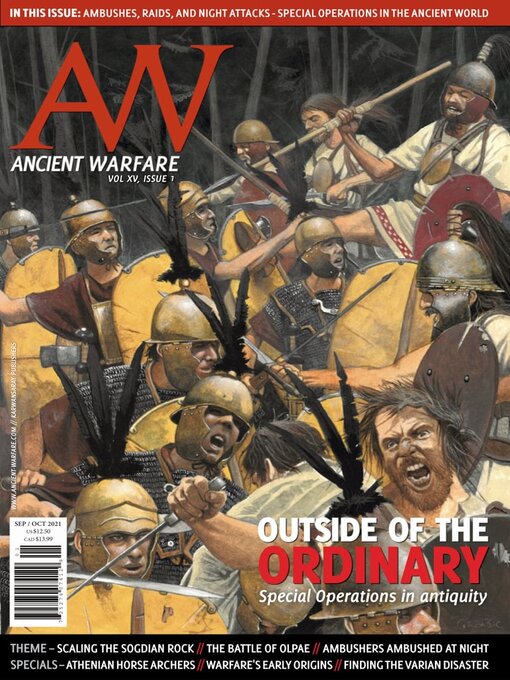
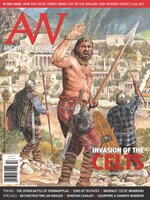 AW XVII.2
AW XVII.2
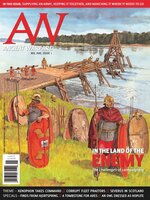 AW XVII.1
AW XVII.1
 AW XVI.6
AW XVI.6
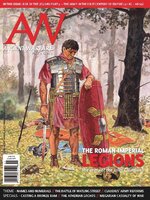 AW XVI.5
AW XVI.5
 AW XVI.4
AW XVI.4
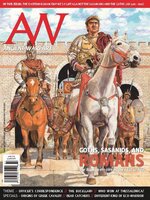 AW XVI.3
AW XVI.3
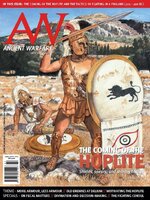 AW XVI.2
AW XVI.2
 AW XVI.1
AW XVI.1
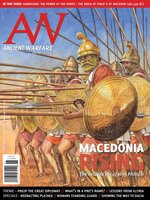 AW XV.6
AW XV.6
 AW XV.5
AW XV.5
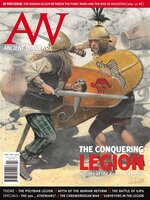 AW XV.4
AW XV.4
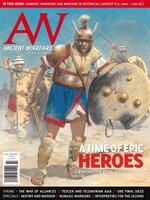 AW XV.3
AW XV.3
 AW XV.2
AW XV.2
 AW XV.1
AW XV.1
 AW XIV.6
AW XIV.6
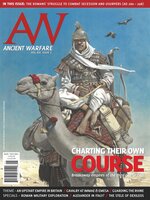 AW XIV.5
AW XIV.5
